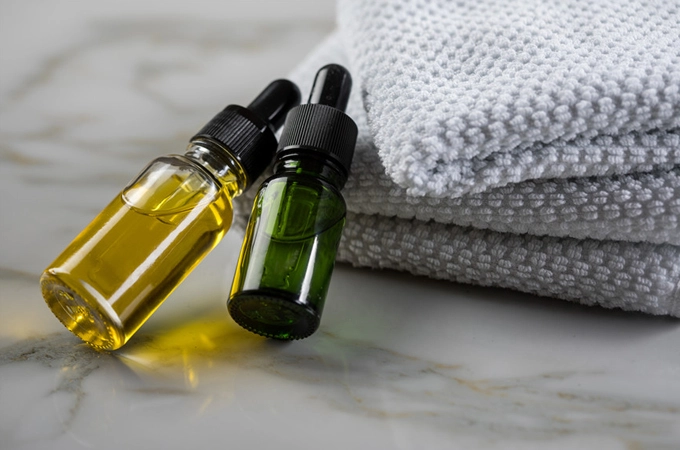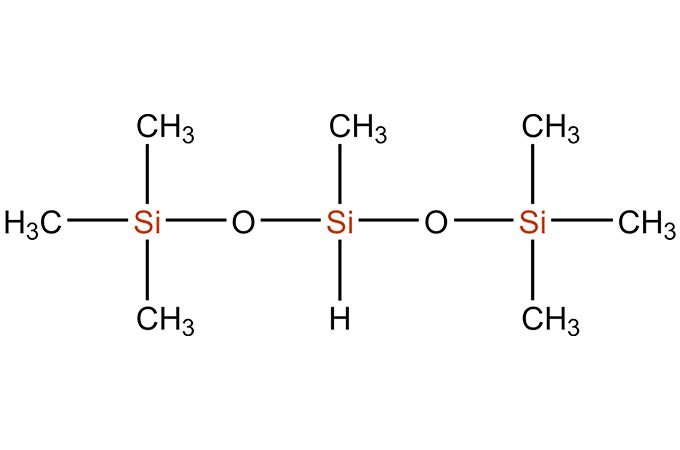Ⅰ. The use of silane coupling agent
1. Surface pretreatment
The silane coupling agent is formulated into a dilute solution with a concentration of 0.5 to 1%. When using, just apply a thin layer on the clean surface to be adhered, and it can be glued after drying. The solvent used is mostly water, alcohol (methanol is selected for methoxysilane, ethanol is selected for ethoxysilane), or a mixture of water and alcohol, and water without fluoride ion and cheap and non-toxic ethanol and isopropanol are suitable.
In addition to aminohydrocarbyl silane, the solution prepared by other silane coupling agents should be added with acetic acid as a hydrolysis catalyst, and the pH value should be adjusted to 3.5-5.5. Long-chain alkyl and phenyl silanes are not suitable for use in aqueous solutions due to their poor stability. Because silane cannot be stored for a long time after being hydrolyzed, it is best to use it now, and it is best to use it up within one hour.
2. Direct increase
The silane coupling agent is directly added to the adhesive component, and the general addition amount is 1 to 5% of the amount of the matrix resin. After the glue is applied, the molecules of the coupling agent migrate to the bonding interface to generate the coupling effect by the diffusion of the molecules.
For the adhesive that needs to be cured, it needs to be cured for a period of time after gluing, so that the coupling agent can complete the migration process and achieve a better effect. In actual use, the coupling agent often forms a stacked layer on the surface, but only a single molecular layer actually works, so the amount of the coupling agent does not need to be too much.
Ⅱ. The specific use of silane coupling agent
1. Pretreatment packing method
Put the filler into the solid mixer, spray the silane solution directly on the filler and mix, the higher the rotation speed, the better the dispersion. Generally, the mixing time is 10-30 minutes (the slower the speed, the longer the time), and the filler should be dried at 120 degrees Celsius (2 hours).
2. Aqueous solution of silane coupling agent
(Glass fiber surface treatment agent): Glass fiber surface treatment agent often contains: film-forming agent, antistatic agent, surface active agent, coupling agent, water. The amount of coupling agent is generally 0.3%-2% of the total amount of glass fiber surface treatment agent. The 5 times aqueous solution is first adjusted to a certain value with organic acid or salt, and under sufficient stirring, silane is added until transparent, and then added. For the other components, for insoluble silanes, isopropanol can be used as a solubilizer. During the drawing process, spray the glass fiber surface treatment agent on the glass fiber to dry, and then remove the solvent and water.
3. Bottom method
The solution of 5%-20% silane coupling agent is as described above, and the surface of the substrate is treated by coating, brushing and spraying, and then it is taken out to dry at room temperature for 24 hours, preferably at 120 ℃ for 15 minutes.
4. Direct participation method
Silane can also be directly added to the filler/resin mixture. When the resin and filler are mixed, the silane can be directly sprayed into the mixture. The amount of coupling agent is generally 0.1%-2% of the amount of filler (depending on the diameter of the filler). The silane-added resin/filler is then molded (extruded, compression molded, coated, etc.).
 English
English 日本語
日本語 한국어
한국어 français
français Deutsch
Deutsch Español
Español italiano
italiano русский
русский português
português العربية
العربية tiếng việt
tiếng việt

